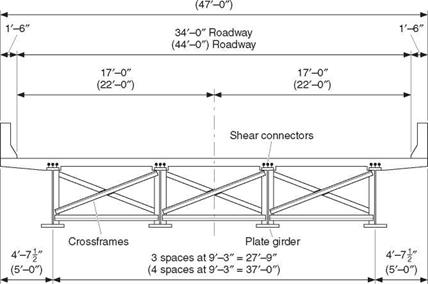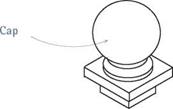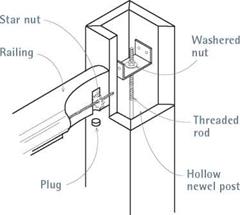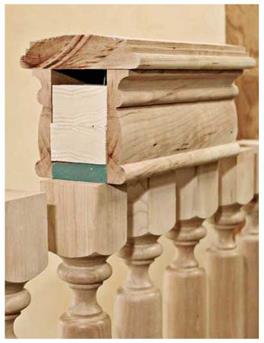Metals
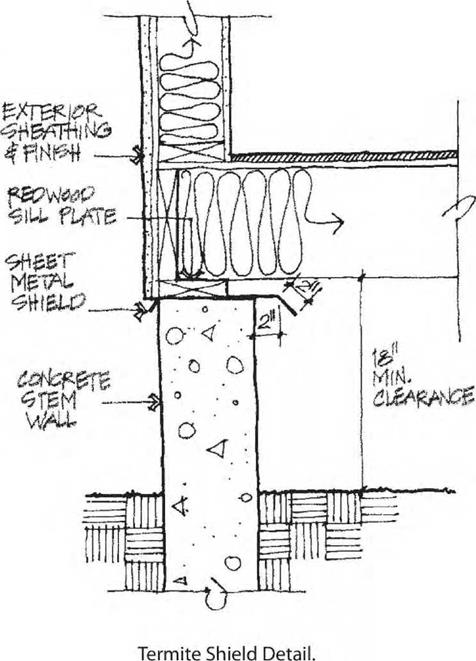
Expanded metal lath and other metal goods are often shipped to sites coated in rancid oil residues left over from the manufacturing process. Such residues will be odorous for a prolonged period of time unless the metal is cleaned. When these oils are left in metal ductwork, hot air blown through the ductwork distributes these odors throughout the house. To avoid this unwanted pollution source, consider adding the following to your specifications:
• Remove oil residue from all coated metal products using a high-pressure hose and one of the acceptable cleaning products listed in these specifications.
Some builders have found that the high-pressure hoses at self-service car washes are effective for removing oil residues.
The role tha...
read more





